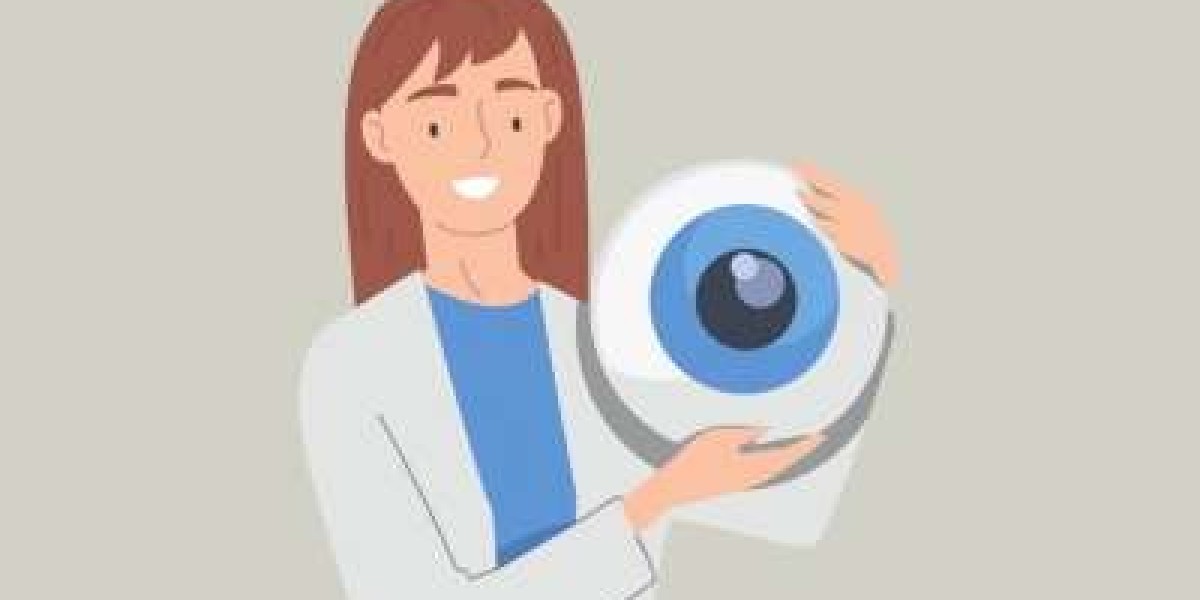Despite glaucoma's severity and frequency, there are a lot of myths about it that can lead to confusion and false information. To raise awareness of glaucoma, a dangerous eye ailment, let's dispel five popular fallacies about it.
Myth 1: Glaucoma Only Affects the Elderly
The misconception that glaucoma exclusively affects the elderly is one of the most widespread ones. Although glaucoma is more likely to develop as one age, it can strike at any time in life, even in infancy. No matter what age they are, everyone should be aware of their eye health because glaucoma doesn't discriminate based on age, gender, or color.
Myth 2: Glaucoma Always Causes Symptoms
Contrary to common opinion, glaucoma frequently progresses in the early stages without presenting with any symptoms. Glaucoma's gradual loss of peripheral vision may not be noticed until the disease has progressed considerably. Even in the absence of symptoms, routine eye exams that include measurements of intraocular pressure and the health of the optic nerve are essential for the early diagnosis and management of glaucoma.
Myth 3: Glaucoma Can Be Cured:
There is presently no known cure for glaucoma, even though several interventions, including medication, laser therapy, and surgery, can successfully manage the condition and reduce its progression. Once glaucoma-related visual loss starts, it cannot be undone. Maintaining vision and halting more optic nerve damage need early detection and treatment.
Myth 4: Only People with High Eye Pressure Have Glaucoma:
Not everyone with high eye pressure gets glaucoma, and not everyone with glaucoma has high intraocular pressure (IOP), even though raised IOP is a substantial risk factor for the condition. Glaucoma development is also influenced by other factors, including blood flow to the optic nerve, genetics, and optic nerve health. Regardless of eye pressure, routine eye exams can help identify those who are at risk for glaucoma.
Myth 5: Bimatoprost Eye Drops Can Cure Glaucoma:
Patients with glaucoma or ocular hypertension are frequently prescribed bimatoprost eye drops to reduce intraocular pressure. These drops are useful in lowering intraocular pressure and delaying the onset of glaucoma, but they do not treat the illness. Bimatoprost lowers intraocular pressure (IOP) by promoting the fluid inside the eye, or aqueous humor, to flow outward. To retain the advantages of bimatoprost eye drops and stop additional optic nerve damage, however, continued treatment is required.
In summary, glaucoma is a complicated eye disease that is shrouded in lore and misconceptions. We may act to prevent vision loss and preserve eye health for those at risk for glaucoma by dispelling these widespread misunderstandings and raising awareness of the value of routine eye exams and early detection. Never forget that education is essential in the battle against glaucoma, therefore keep learning and give your eye health priority.



